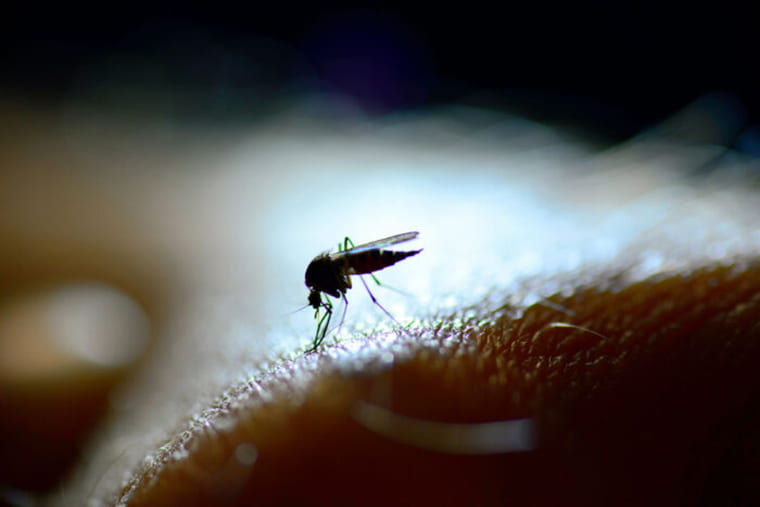Researchers at Washington University School of Medicine in St. Louis have identified a molecule that protects mice from brain infections caused by Venezuelan equine encephalitis virus (VEEV), a mosquito-borne virus notorious for causing fast-spreading, deadly outbreaks in Mexico, Central America and northern South America. As the climate changes, the virus is likely to expand its range and threaten more countries in the Americas, including the U.S.
Public health officials have struggled to contain such outbreaks in the absence of effective drugs and vaccines. As a potential drug, the molecule — described in a paper published Nov. 18 in the journal Nature — could serve as a much needed tool to control the deadly virus.
“This virus can infect many species of wild mammals, and every few years it jumps from animals to humans via mosquitoes and causes thousands of infections and many deaths,” said senior author Michael S. Diamond, MD, PhD, the Herbert S. Gasser Professor of Medicine and a professor of molecular microbiology, and of pathology and immunology. “There’s concern that with global warming and population growth, we’ll get more outbreaks.”
Once injected under the skin by mosquitoes, the virus homes in on neurons. People start experiencing symptoms such as headache, muscle pain, fatigue, vomiting, nausea, diarrhea, sore throat and fever within a week. In the most serious cases, the virus gets past the blood-brain barrier, causing encephalitis — brain inflammation that can be fatal in up to a quarter of patients.
To find the potential drug, Diamond and colleagues — including first authors Hongming Ma, an instructor in medicine, and Arthur S. Kim, a postdoctoral researcher — began by searching for the protein “handle” on the surface of animal cells that the virus attaches to and uses to get inside cells. A drug that stops the virus from grabbing that handle, the scientists reasoned, could stymie infection and prevent disease.
